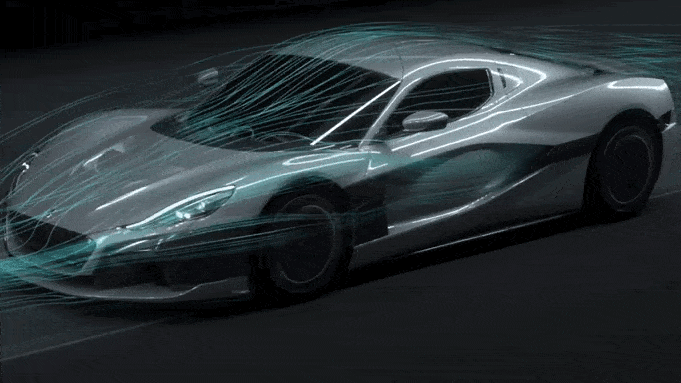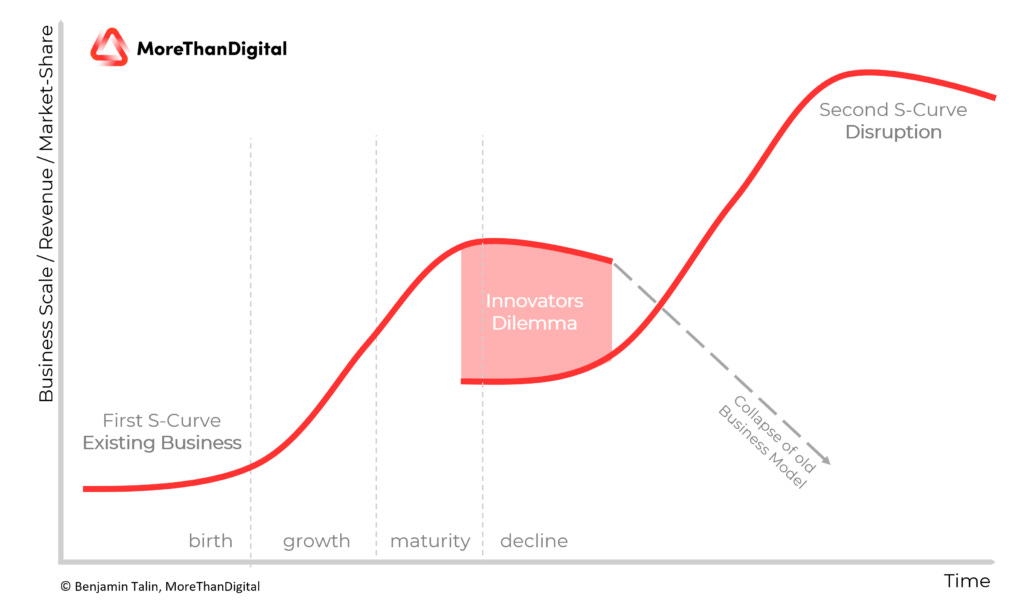Venturing Insights #0 - What is, really, Innovation?
Let's start with the basics. What exactly is innovation, and what does it have to do with venturing?
I know that you are craving for some new cool stuff about VC, CVC, Deep-tech in mobility and sustainability fields, which is exactly the goal of this newsletter.
However, since this is my first post here, I want to start from the very basics, in order to set the foundations for the next ones.
That's why, today we'll delve into the essence of innovation, a cornerstone not only of Venturing but also of Open Road Ventures.
Innovation has always been the lifeblood of progress, propelling societies forward and shaping the course of history. Yet, in today's rapidly evolving world, the traditional boundaries of innovation are being redrawn, giving rise to a new paradigm known as open innovation (that we will explore better in the next posts).
When it comes to innovation, the future cannot be predicted, it can only be discovered.
Most attempts at discovery fail, but a few succeed at such a scale that they more than make up for everything else. That extreme ratio of success and failure is the power law that drives Venture Capital, Silicon Valley, the tech sector, and, by extension, the world.
First of all… What is Innovation?
Some recent definitions:
“Innovation is the systematic practice of developing and marketing breakthrough products and services for adoption by customers.” - McKinsey, 2022
“Innovation is the practical implementation of ideas that result in the introduction of new goods or services or improvement in offering goods or services.” - Wikipedia, 2024
"The word innovation comes from the Latin word "innovare", which means renew." - Wikipedia, 2020
"A new or changed entity, realizing or redistributing value" - ISO 56000:2020
"Innovation is about new or better solutions that create value for society, companies, and individuals." - Regeringen.se, 2020
… ok, let’s try to find some fundamental concepts out of these definitions.
Innovation is based on 3 Pillars
Novelty, Implementation and Value. And it’s like a very traditional recipe. It’s not admissible to remove even one of the ingredients. Try to remove Pecorino cheese from Cacio e Pepe pasta.
Novelty
Novelty is the cornerstone of innovation, representing the introduction of something new, original, or unique. It encompasses the generation of fresh ideas, concepts, or solutions that depart from existing norms or conventions.
Try to remove Novelty from the Innovation recipe and you get just an Optimization.
Implementation (Feasibility)
Without actual feasibility and effective implementation, even the most ingenious ideas remain mere concepts, unrealized potential waiting to be unleashed.
If you remove implementation from the recipe you just get a cool Idea.
Value
Value is the ultimate measure of success in innovation – it represents the tangible benefits and outcomes that innovation delivers to individuals, organizations, and society at large.
Value can take many forms, including economic value (such as increased revenue or cost savings), social value (such as improved quality of life or societal well-being), and environmental value (such as reduced environmental impact or sustainability benefits).
Without a real value, innovation just becomes Invention.
Types of Innovation
Other than the usual Product vs Service vs Process Innovations, according to Visual Capitalist and Deloitte, we can distinguish innovations in 10 main types.
To be synthetic, we can clusterize Innovation in 3 main buckets: Experience, Configuration and Offering.
Experience Innovations are focused on more customer-facing elements of an enterprise and its business system (e.g. Amazon Prime 1-day shipping or Starbucks Retail format)
Configuration Innovations focus on an enterprise's innermost workings and business system (e.g. Nespresso’s Business Model or McDonald’s Speedee system)
Offering Innovations are focused on an enterprise's core product or service, or a collection of its products and services (e.g. Apple Vision Pro or the Rabbit R1)
Incremental vs Disruptive Innovation
These two forms of innovation vary significantly in their approach, impact, and implications for industries and societies. Let's delve into the essence of each and explore their characteristics through real-world examples.
Incremental Innovation
Incremental innovation refers to the gradual improvement or adaptation of existing products, services, or processes.
It builds upon established paradigms and technologies, often resulting in evolutionary changes rather than revolutionary breakthroughs. Incremental innovation is characterized by its continuous nature, although at varying speeds across different sectors.
Example: The cordless phone represented a classic example of incremental innovation. By removing the cord between the handset and the base unit, it provided limited mobility within the home environment. However, the underlying technology – the transmission of voice signals – remained largely unchanged.
Disruptive Innovation
In contrast, disruptive innovation involves the introduction of entirely new paradigms, technologies, or business models that fundamentally transform industries or markets.
It challenges existing norms and conventions, often leading to radical shifts in how products are designed, produced, and consumed. Disruptive innovation is discontinuous in nature, causing significant upheaval and reshaping entire ecosystems.
Example: The advent of the mobile phone represents a prime example of disruptive innovation. By enabling nearly complete mobility and introducing wireless transmission technology, it revolutionized communication and rendered traditional landline telephones obsolete. The shift from transmitting signals through copper cables to wireless transmission via the airwaves marked a profound transformation in the telecommunications industry.
Disrupt or Be Disrupted: The Innovator’s Dilemma
The Innovator's Dilemma, as coined by Clayton Christensen, is a concept that explores why successful companies often fail to innovate in the face of disruptive innovations or market shifts.
The dilemma arises from the tension between maintaining existing business models and pursuing new opportunities for growth.
At its core, the Innovator's Dilemma suggests that successful companies tend to focus on sustaining innovations—improvements to existing products or services that cater to their current customer base and generate steady profits. However, when disruptive innovations emerge—new technologies or business models that initially cater to niche markets or offer lower performance but eventually disrupt established players—the incumbent companies often struggle to respond effectively.
Disrupt or Be Disrupted: the overarching concept at the core of Open Road Ventures
For startups, venture capital firms, and corporate innovators, "Disrupt or Be Disrupted" serves as a call to action to challenge the status quo, experiment with new ideas, and push the boundaries of innovation. It encourages a mindset of agility, resilience, and a willingness to embrace change, even when it involves risk and uncertainty.
However, it's important to note that disruption for the sake of disruption may not always be advisable. The concept acknowledges that not all innovation is equal and that companies must strategically assess when and where to disrupt. This involves evaluating market opportunities, understanding customer needs, and aligning innovation efforts with long-term business goals.
In the context of Open Road Ventures, "Disrupt or Be Disrupted" guides our approach to exploring the startup ecosystem.
We aim to identify and support startups, ventures, and corporate initiatives that demonstrate the potential to disrupt existing markets, drive positive change, and contribute to a more sustainable future.
In the next posts, we will explore how companies and investors can address this dilemma. Stay tuned!















Innovation : « changing the market for ever ».
Look at Philippe Méda one of the best scholar that has studied innovation.